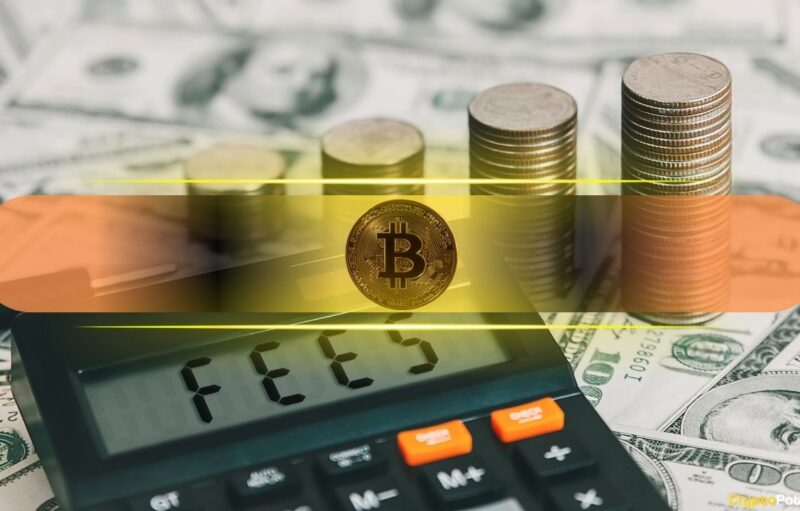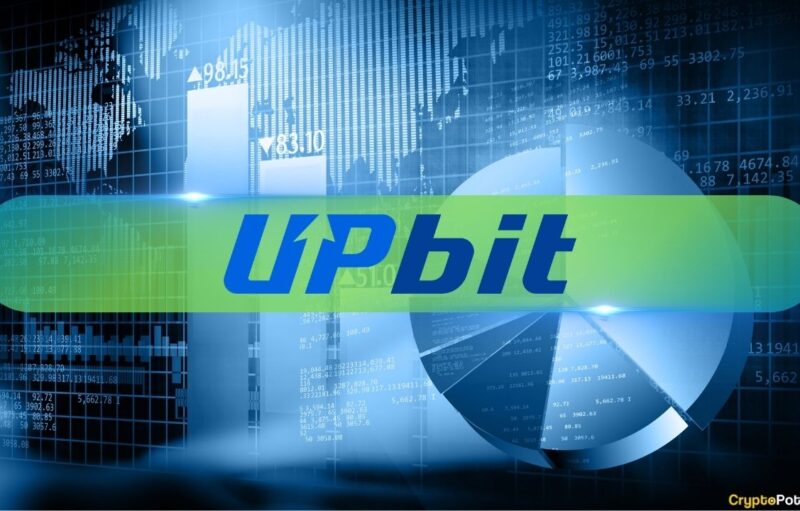

The upcoming Bitcoin (BTC) halving is likely a bullish development, but a slew of outside factors mean it likely won’t play out the same as in previous years, according to Grayscale.
Last month, the company successfully converted its Grayscale Bitcoin Trust (GBTC) into the world’s largest Bitcoin ETF. The introduction of such ETFs, according to Grayscale, may impact Bitcoin’s price as if it were a second halving within a single year.
Are Bitcoin ETFs A Second Halving?
In a Friday blog post, the firm explained:
“Assuming that there will be $10M of daily net inflows into ETF products, if you divide daily net inflows ($10M) by daily amount of issued Bitcoin ($19M), you get roughly 50%, which is similar to the effects of another halving.”
Since launching last month, Bitcoin ETFs have absorbed a cumulative $2.6 billion of inflows.
By contrast, the “halving” is when the Bitcoin network cuts the number of newly issued coins within each Bitcoin block in half. This occurs roughly once every four years, with the next halving set to reduce Bitcoin’s block reward from 6.25 BTC to 3.125 BTC in April.
Grayscale noted that the event is historically followed by heated bull markets to new all-time highs in the following year. However, attributing these rallies solely to Bitcoin’s declining supply inflation may be oversimplifying history.
“It seems that these periods coincided with significant macroeconomic events,” wrote Grayscale, highlighting the asset’s boom in 2020 after the COVID-19 pandemic prompted the government to implement massive financial stimulus measures.
Though macroeconomic winds remain uncertain, the market is currently pricing in a 50% likelihood of the Federal Reserve beginning to cut interest rates in May, according to CME Fedwatch.
A New Dawn For Bitcoin Miners and Developers
Aside from Bitcoin’s price itself, halving events also tend to coincide with a washout among less efficient players in the mining industry, who can no longer afford to operate with only half of the previous BTC reward.
With network hashrate rising and the block subsidy falling, Grayscale said miners might find themselves in a “tense position” in the near term.
There’s a silver lining, however: Bitcoin miners have the benefit of Ordinals this year, which have driven up Bitcoin network activity, transaction fees, and miner revenue independent of Bitcoin’s fixed block reward and halving schedule.
While higher fees may hurt Bitcoin’s use case for payments, Grayscale added that Ordinals have inspired new innovations on Bitcoin that help address scalability issues. For example, some startups have already announced new rollup technologies that let users bridge Bitcoin to more scalable blockchains.
“These dApps represent the forefront of Bitcoin’s transition into a multi-faceted ecosystem, capable of supporting a wide array of blockchain-based applications,” Grayscale said.
Binance Free $100 (Exclusive): Use this link to register and receive $100 free and 10% off fees on Binance Futures first month (terms).
The post appeared first on CryptoPotato






